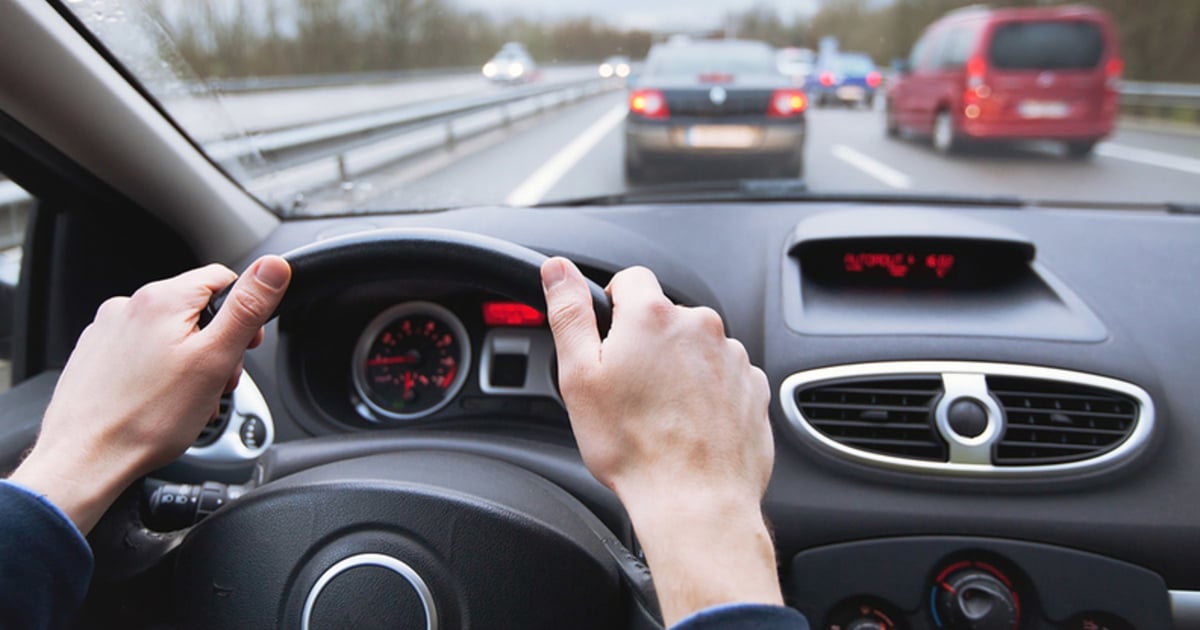
Trust and familiarity remain barriers to car shoppers accepting autonomous driving technology, according to a spring 2023 S&P Global Mobility consumer survey.
A survey of 8,000 car shoppers worldwide showed “semi-autonomous driving features” are not yet trusted by consumers, while “automated safety features” are gaining traction.
Consumers displayed understanding and desire for advanced driver assistance systems features. Respondents expected ADAS to be standard in new luxury and mainstream vehicles, yet expressed hesitancy to the use of “autonomous driving systems.”
Many automated safety features polled in the 80th percentile range, while 61 percent of 7,732 respondents expressed interest in “self-driving.” The survey showed self-driving as the least desirable ADAS feature listed in the survey.
The five most-desired ADAS features improve safety, according to S&P. Blind spot warning is the most desired feature — wanted by 83 percent of consumers.
The survey also compared ADAS and autonomous systems based on perceptions of safety and convenience. Autonomous driving’s convenience falls “well short of ADAS safety features when it comes to buyer desirability.”
“Safety versus convenience operate in two different ballparks of interest,” Brock Walquist, senior technical research analyst at S&P Global Mobility said in a statement.
Over 80 percent of those surveyed wanted forward collision warning and rear mirror cameras. The other top-five desired features included automatic emergency braking for vehicles and pedestrians and night vision.
“Exposure is helping to drive much of the desirability for these features,” Yanina Mills, senior technical research analyst at S&P Global Mobility in the statement.
Consumer experience with self-driving is very low, which inhibits its desirability.
Consumers preferred automated driving features where the driver maintains more control over the vehicle. The survey asked questions about the SAE Levels of Driving Automation and showed 69 percent of consumers desired Level 2 systems, which assume some driving tasks under driver supervision, while 65 percent of buyers desired Level 2+, which adds hands-off automated highway driving.
Only 53 percent of consumers felt that an “autonomous” car would drive more efficiently than a “normal” car. The survey said 48 percent felt that an autonomous car would be safer than a normal car.
Consumer sentiment varies across countries. Consumers in China showed the highest desirability scores for self-driving technology, while consumers in the U.S., United Kingdom and Germany show the lowest scores for this technology.
“Consumers don’t exactly know how it is going to work. There is confusion,” Mills said. “They are asking, ‘Is it self-driving, or is it just going to help me a bit and I still have to focus?'”
Automakers will need to better define the benefits of autonomy to improve its desirability to consumers, S&P Global Mobility said.